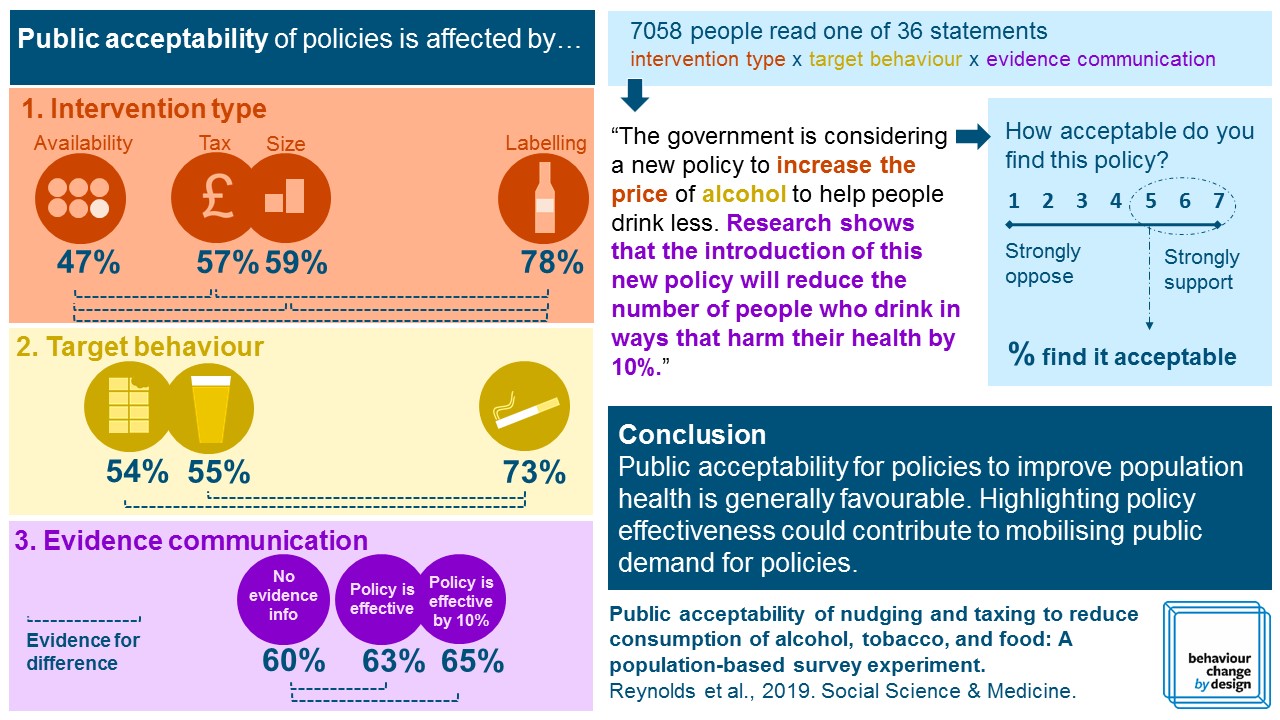Changing our food environments, by making certain foods less available or less convenient to access, may be one way of reducing how much we select, purchase or eat. Until now, the possible impact of such changes has not been known. 
We conducted a Cochrane Review to assess whether altering the availability (the range of options) or proximity (the distance at which they are positioned) of food products changes how much they are selected (such as purchased) or consumed. We searched for all available evidence from randomised controlled trials, and found 24 studies, including more than 3000 participants, all on food.
This review provides the most conclusive evidence to date that people select less of a type or range of food when there are fewer different options of that food available to choose from. For example, people select fewer unhealthy products from vending machines or in cafeterias when there are fewer unhealthy options available. The results are less clear on how this affects the amount of food that is actually consumed. This review also provides the most conclusive evidence to date that people consistently consume less of a food when it is placed further away than when it is nearer to them, although effects on selection are very unclear.
To read the findings of the study in full, click here.
Hollands, G.J., Carter, P., Anwer, S., King, S.E., Jebb, S.A., Ogilvie, D., Shemilt, I., Higgins, J.P.T., Marteau, T.M. (2019). Altering the availability or proximity of food, alcohol and tobacco products to change their selection and consumption. Cochrane Database of Systematic Reviews; 8:CD012573.


 Promising interventions include nudging – changes to the physical environment to “nudge” people toward healthier behaviours – and taxation. Implementing such interventions often requires government intervention, which is made more likely by public support. We examined support for these interventions in a survey with an experimental design involving 7058 English adults.
Promising interventions include nudging – changes to the physical environment to “nudge” people toward healthier behaviours – and taxation. Implementing such interventions often requires government intervention, which is made more likely by public support. We examined support for these interventions in a survey with an experimental design involving 7058 English adults.
 This replication paper published in BMC Research Notes, adds to previous studies (
This replication paper published in BMC Research Notes, adds to previous studies (